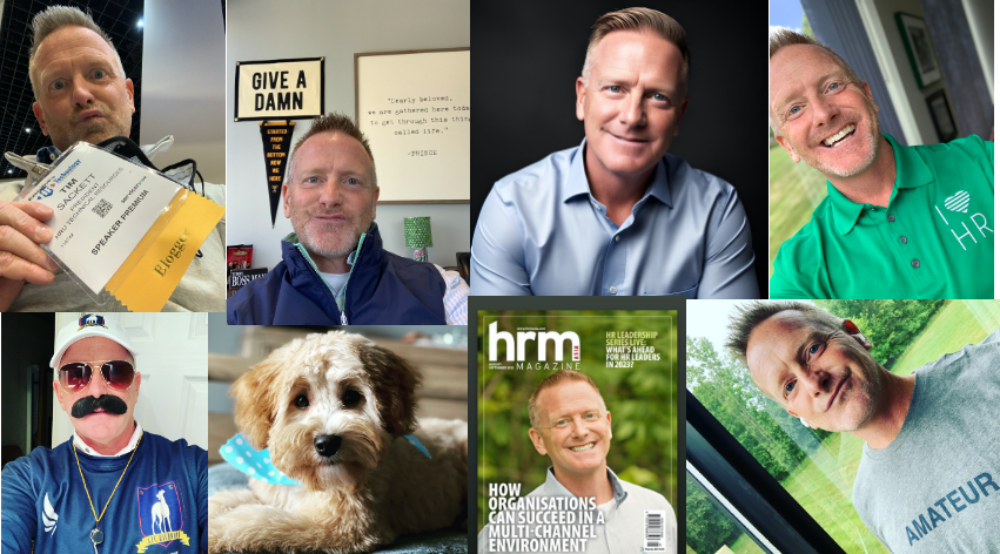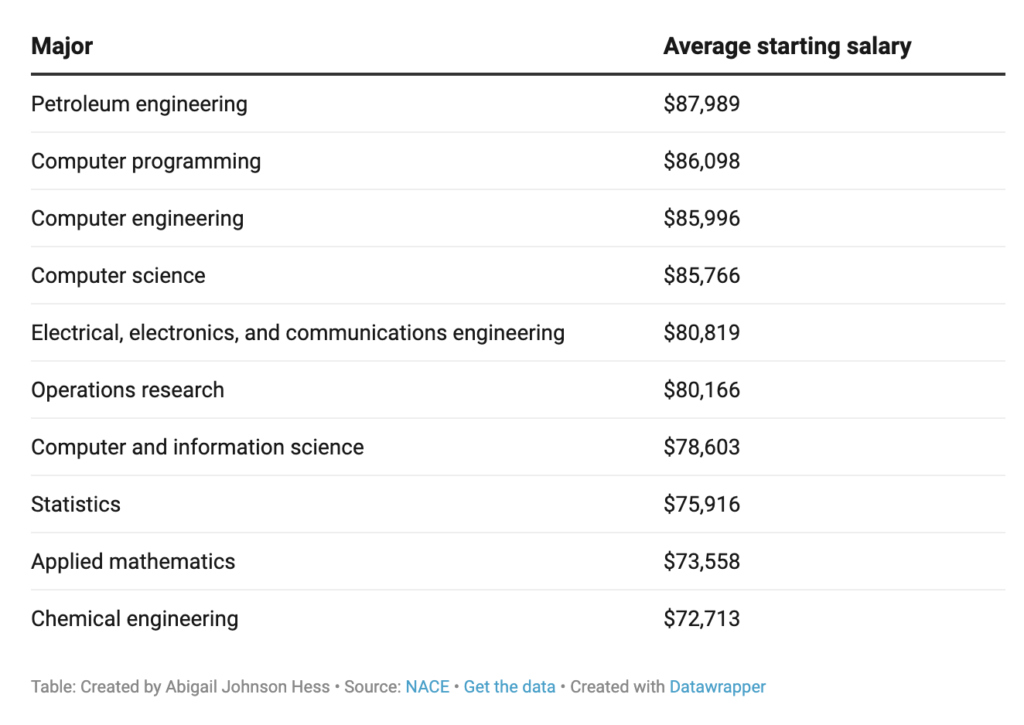I’m out at The HR Technology Conference this week and caught my friend Madeline Laurano‘s session title ‘The State of Talent Acquisition Technology! The ATS is not Enough”. If you don’t know Madeline, connect with her, she is, in my estimation, the number one analyst in talent acquisition technology in the world. Truly. Great content and research.
Madeline and I catch up a lot on what’s happening in recruiting technology and I think we both see the world about the same when it comes to the industry we both love. There’s a game that takes place between big suite ATSs (Workday, Oracle, SAP) and the best of breed ATS players (Greenhouse, SmartRecruiters, iCIMS, Jobvite, etc.). The game is, to whoever is using them, we are basically all you need, our tech does it all, buy us. At the same time, all of these ATSs have these vast networks and app stores of add-on recruiting technology you can buy, so clearly they don’t do everything.
I wish just once in an ATS sales pitch the vendor would just go, “Look, we’re good, and here are the other products you’ll need to buy to actually do want you want it to do…” That never happens! NEVER! But, after you buy and implement, you get to a point where you go, “well, g*d dammit, we need to buy some more stuff!”
So, Madeline is completely accurate in her presentation, the ATS is not enough if you truly want to attract, source, and hire high-quality talent. In fact, there isn’t one ATS on the planet that will do everything you need. The problem is, and this is why it’s so hard building ATS technology, every single organization needs different stuff. Sure, many could use the same stack, but everyone always has something “unique” and “special” about them where they need a tweak here or there. TA Insider Tip: None of us are unique nor special when it comes to recruiting!
So, what do 90% of us need that our ATS don’t have?
- Automation – Okay, all of the ATSs I listed above, both large HRM recruiting modules and the best of breeds do have some automation build into their ATS. The problem is, it’s fairly light in the functionality and is hard to customize to your individual needs and desires. So, we have an entire crop of great recruiting automation techs on the market, like Loxo, Eightfold, Candidate ID, Paradox/Olivia, etc.
- CRM – Yes, again, almost every ATS has some CRM, but it’s really CRM light for the most part, and it actually works rather well for the day-to-day recruiter working openings. Full-blown CRM tech (Beamery, Avature, Phenom People, Acendify, etc.) is awesome, but it’s really designed for Enterprise level organizations with dedicated people running this tech every day. It’s not designed for the everyday recruiter.
- All the AI stuff – AI by itself isn’t recruiting tech, it’s built into almost all of the recruiting tech, but it includes automation, matching, data, chatbots, etc. Again, every new ATS on the market has some AI buiilt into it’s technology, but you can buy all kinds of cool add-on technology that enhances your ATS through the use of AI driven recruiting technology.
- Sourcing – Most ATS have some light sourcing, but it does’t go as deep as most recruiters want. Technoogies like Hiretaul, SeekOut, Visage, etc. Also, if you want specific help around DEI sourcing and recruiting, you’ll mostly have to go outside of your ATS for this help. Greenhouse does have some good internal built tech within their ATS around DEI, I will say.
- Interviews and Assessments– Whether it’s video or just structure, every ATS has some stuff to help you with interviews, but it’s not like the stuff you can buy on the outside that will give you really engaging, structured interviews with great insights. Also, almost no ATS has built in any real modern assessment science to help you weed through and find the best candidates.
- Data/Business Intelligence – Every ATS has reporting, but when it comes to true business intelligence it starts to fall down. Great you gave me my days to fill, but what I really need to know is what are my best soures of hire by cost, and who are the recruiters on my team that are really making the biggest difference, or how can I help a recruiter who is struggling? This one perplexes me because every ATS has this data, but they seem to mostly ignore how they could help TA leaders run better shops.
And we didn’t even talk about career sites, job posting distribution, programmatic job advertising, onboarding, etc.!
Yes, you need an ATS, just like we need an HRIS for our employee records, but you can’t go ATS shopping and truly believe that is all you need. The larger and organization is the more add-on recruiting technology you’ll need. For organizations with over 5,000 employees, on average, you probably have 18-25 different recruiting technologies. Even dynamic SMB recruiting shops probably have ten!
The state of talent acquisition technology today is that all of these technologies are beginning to blend into each other because the buyer (all of us) actually believes they just want one system that does everything. But, that’s the problem. Your “one” system and my “one” system are different systems! So, mass confusion ensues. Also, there is so much money going into this area of technology that you have more and more people jumping in to solve our problems, by adding more options.
More options do not equal solutions, just more complexity and more confusion for the buyer!



